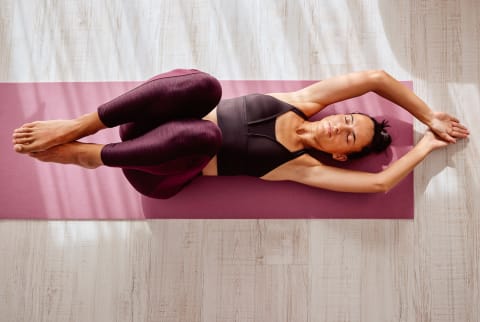The researchers collected data on the health of the participants and observed markers like blood pressure, body size and shape, C-reactive protein (a common marker of inflammation), glucose and lipids levels, as well as overall cardiovascular risk. After three months, the data collected showed that both groups had a decrease in resting systolic and diastolic blood pressure, mean arterial blood pressure, and heart rate. But systolic blood pressure was reduced by 10 mmHg in the yoga group compared to only 4 mmHg in the stretching group. The yoga approach also reduced resting heart rate and 10-year cardiovascular risk assessed using Reynold’s Risk score, which is a person’s risk of having a heart attack before the age of 60. Everyone’s ideal movement routine will be a little different. But if you’re a busy person looking to get the most benefit in the shortest amount of time, turning on a 15-minute yoga video may be more effective than a 15-minute stretching routine (especially if you’re craving some relaxation and stress relief). If you’re looking for more inspiration to get on the mat, know that in addition to cardiovascular health, yoga has been shown to benefit bone and joint health, which are key to staying limber and active throughout your life. To support mobility and healthy bones and joints, you can start with this 15-minute yoga routine—which is the same duration as the yoga session in the study. Combine it with other mobility-supporting habits like eating high-quality proteins and healthy fats and taking a supplement that supports joint health and fends off inflammation that can sabotage your mobility. Here’s a list of solid options to start with.



